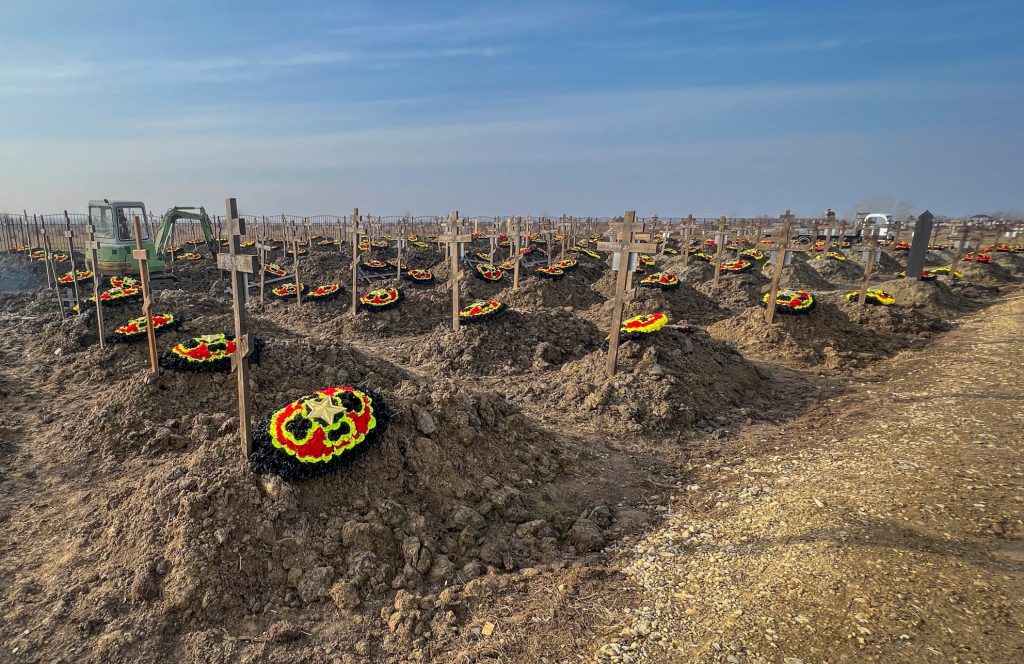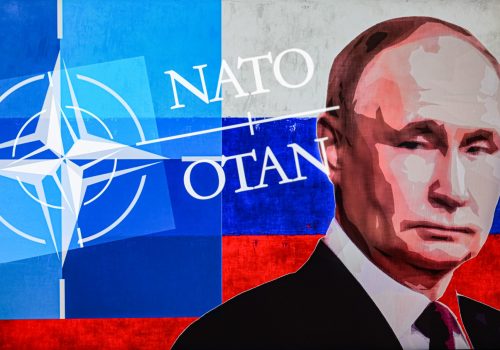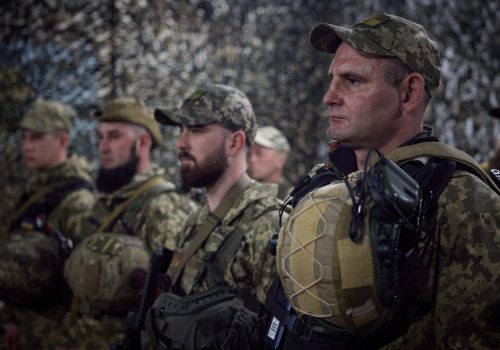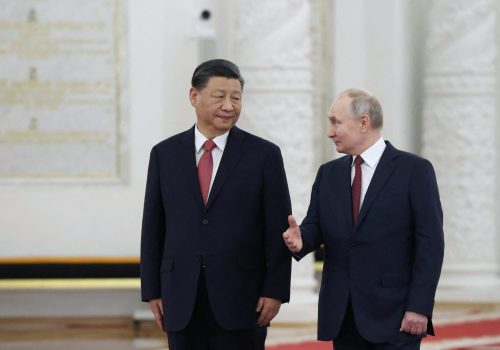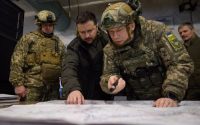
Human wave tactics are demoralizing the Russian army in Ukraine

It is no secret that the Russian invasion of Ukraine has not gone according to plan. Nevertheless, with the conflict now in its second year, Vladimir Putin still hopes to break Ukrainian resistance in a long war of attrition.
This may be easier said than done. While Russia enjoys significant demographic, industrial, and economic advantages over Ukraine, questions remain over the ability of the once-vaunted Russian military to achieve the Kremlin’s goals. Crucially, an apparent reliance on human wave tactics during Russia’s recent winter offensive has led to catastrophic losses which threaten to undermine morale within the ranks of Putin’s invading army.
There is currently no confirmed data regarding losses on either side of the Russo-Ukrainian War. At the same time, most independent sources agree that fighting in recent months has resulted in some of the worst carnage of the entire war. In mid-February, Britain’s Ministry of Defence reported that during the previous two weeks, Russia had likely suffered its highest rate of casualties since the initial stages of the invasion almost one year earlier.
Russia’s heaviest losses in recent months are believed to have occurred in battles for control over strategic towns in eastern Ukraine such as Bakhmut and Vuhledar, with Ukraine claiming to have killed or wounded tens of thousands of Russian soldiers. While unconfirmed, these figures are supported by extensive battlefield footage, much of which appears to show Russian troops engaged in reckless frontal assaults on entrenched defensive positions.
The human wave tactics on display in eastern Ukraine reflect Russia’s narrowing military options following a year of embarrassing battlefield setbacks. The Russian military entered the current war with a reputation as the world’s number two army, but has performed remarkably poorly in Ukraine. With many of his most experienced units and elite regiments decimated, Putin now hopes to grind down Ukraine’s resources and outlast the country’s Western backers by relying on superior numbers. In the final months of 2022, he bolstered his invasion force with an additional 300,000 troops via Russia’s first mobilization since World War II.
Subscribe to UkraineAlert
As the world watches the Russian invasion of Ukraine unfold, UkraineAlert delivers the best Atlantic Council expert insight and analysis on Ukraine twice a week directly to your inbox.
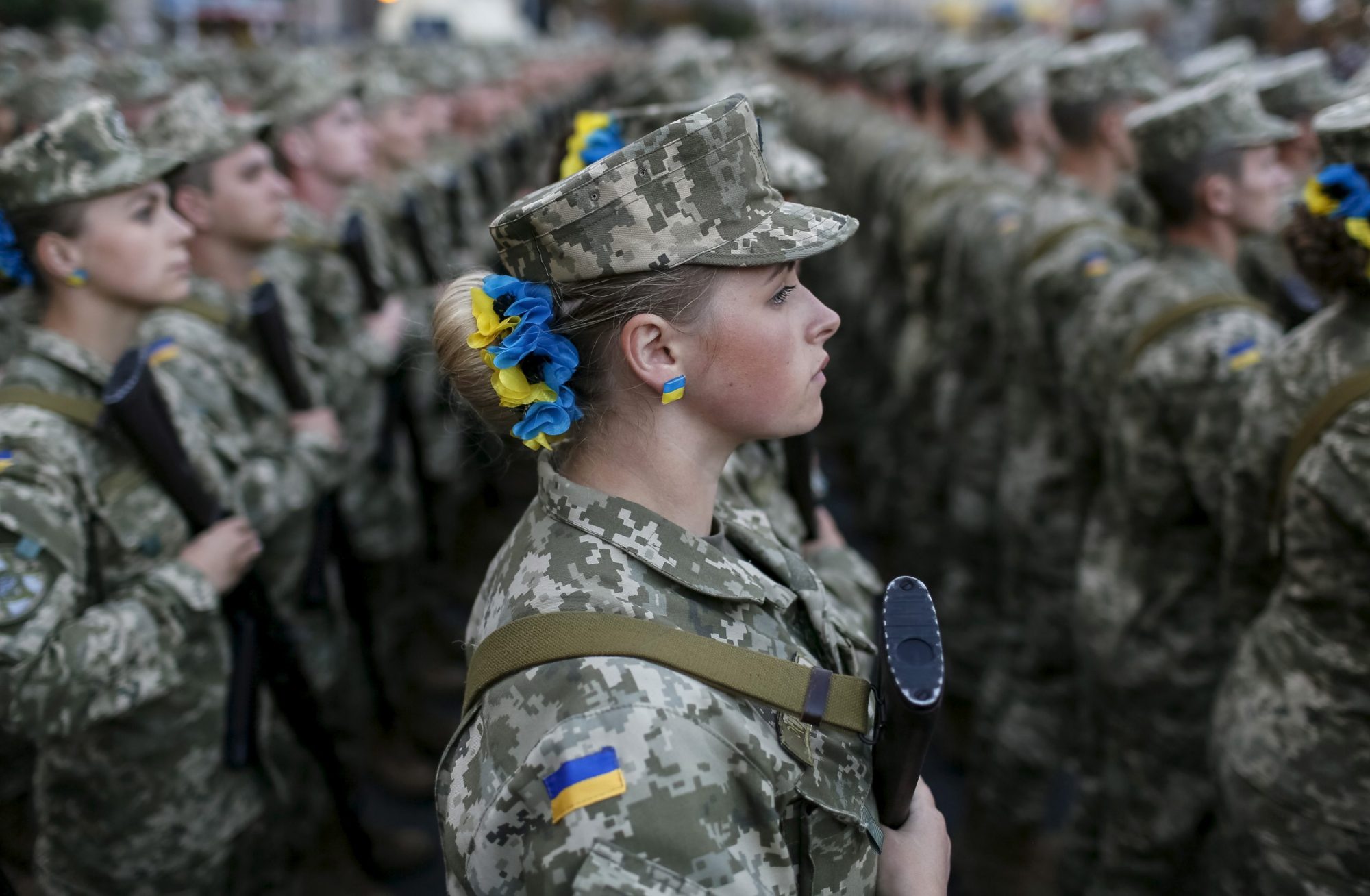
-
-
-
This field is for validation purposes and should be left unchanged.
Human wave tactics are not new and typically involve soldiers conducting direct attacks in large numbers with the objective of overwhelming an opposing force. Such troops are often regarded as “single-use soldiers,” with each wave suffering heavy casualties as it attempts to move the front lines further forward. This is not the first time Russian troops have been called upon to conduct such attacks. During WWII, Soviet commanders often ordered Red Army soldiers into frontal assaults that resulted in exceptionally high death tolls.
In the present war against Ukraine, the Kremlin may see human wave tactics as an effective way of overcoming determined Ukrainian resistance. It allows Russia to wear down Ukraine’s numerically fewer but battle-hardened troops, and can be implemented using a combination of easily replaced forces including recently mobilized soldiers and former convicts serving in the Wagner private military company.
This approach allows Russia’s more experienced soldiers to be held in reserve and used to exploit emerging weak points in the Ukrainian defenses. So-called “blocking units” are also reportedly being deployed behind the front lines to ensure Russian troops do not try to flee. According to numerous battlefield accounts, any Russian soldier who attempts to retreat from a human wave attack faces the prospect of being shot by their own side.
Although grisly, Russia’s human wave tactics are producing results. However, any advances during the past three months in Bakhmut and at other points along the 600-mile front line have been modest in scale and have come at a high cost. In an interview with Current Time on the front lines of Bakhmut, one Ukrainian soldier described the horrors of Russia’s frontal assaults. “The Russian soldiers face certain death in these attacks, but they are not retreating,” he commented. “You can shoot his head off, but his comrade will keep coming. Their own commanders will kill them if they don’t attack.”
Eurasia Center events

The brutality of Russia’s human wave attacks is leading to growing signs of demoralization among front line troops. Since the beginning of 2023, dozens of video appeals have been posted to social media featuring Russian soldiers in Ukraine complaining to Putin or other state officials about human wave tactics and high death tolls. Russian media outlet Verstka reported that since early February, Russian soldiers from at least 16 different regions of the country have recorded video messages in which they criticize their military commanders for using them as cannon fodder.
Footage has also emerged of Russian soldiers refusing to follow orders after suffering heavy losses during the recent winter offensive in eastern Ukraine. While details remain unconfirmed, most of these incidents appear to have involved recently mobilized Russian troops who found themselves rushed into battle, often after having received minimal training.
In a further worrying sign for the Kremlin, Ukrainian officials have reported a record number of calls in March 2023 to the country’s “I Want to Live” initiative, which helps Russian troops surrender to the Ukrainian military. All this points to the conclusion that human wave attacks could be compounding Russian morale issues and further accelerating the buckling of front line offensives.
At this stage, there appears to be little prospect of a sudden collapse throughout the Russian military comparable to the disintegration of Afghanistan’s security forces during the 2021 US withdrawal. While the demoralization issues facing the Russian army appear significant, recent steps to introduce draconian penalties for Russian soldiers found guilty of disobedience, desertion, or surrender represent a powerful deterrent. The continued domestic strength of the Putin regime and its control over the information space also serve to hold Russia’s army together in Ukraine.
The Kremlin may now have recognized that it must address widespread anger and alarm over the military’s use of human waves. In early April, Russian General Rustam Muradov was reportedly dismissed from his post as commander of the Eastern Group of Forces in Ukraine following his disastrous handling of the recent failed assault on Vuhledar, which resulted in “exceptionally heavy casualties.” Muradov had been widely criticized by his own troops along with many members of Russia’s vocal pro-war blogger community, making him an unofficial symbol of the army’s human wave tactics.
If confirmed, Muradov’s departure may indicate a coming change in tactics. This would arguably be long overdue. If Russia is hoping to outlast Ukraine in a war of attrition, Putin’s generals will need to move beyond a reliance on costly human waves and demoralizing frontal assaults.
Olivia Yanchik is a program assistant at the Atlantic Council’s Eurasia Center.
Further reading
The views expressed in UkraineAlert are solely those of the authors and do not necessarily reflect the views of the Atlantic Council, its staff, or its supporters.

The Eurasia Center’s mission is to enhance transatlantic cooperation in promoting stability, democratic values and prosperity in Eurasia, from Eastern Europe and Turkey in the West to the Caucasus, Russia and Central Asia in the East.
Follow us on social media
and support our work
Image: Graves of Russian Wagner mercenary group fighters are seen in a cemetery near the village of Bakinskaya in Krasnodar region, Russia. January 22, 2023. (REUTERS/Stringer)
